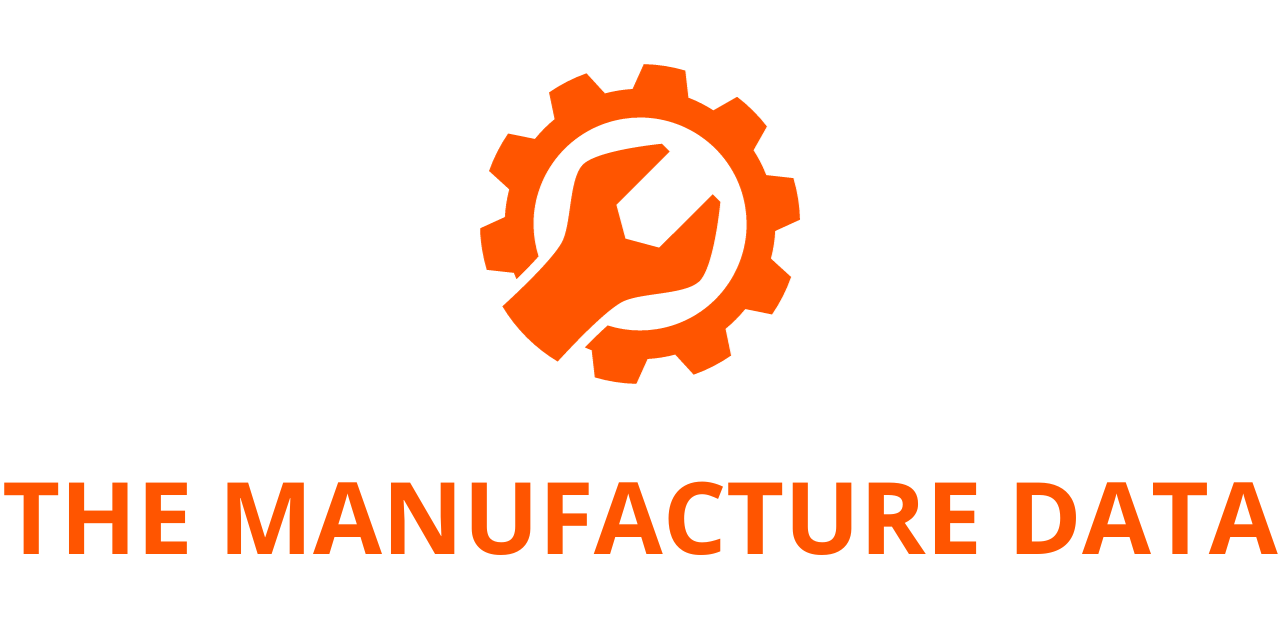
FORVIA HELLA Expands Steer-by-Wire Technology with Third Series Launch in 2025
The international automotive supplier FORVIA HELLA has taken another decisive step toward the future of mobility by starting series production of its latest generation of steering sensor technology. This milestone marks the launch of a third series project within a single year, this time in collaboration with a well-known Chinese automotive manufacturer. The technology is regarded as a key enabler for fully electric steer-by-wire systems, which are increasingly being recognized as transformative for next-generation vehicle design and performance.
Earlier this year, FORVIA HELLA successfully initiated its first two series production programs for steer-by-wire sensors. These involved premium automotive manufacturers in both Germany and China, highlighting the company’s global reach and ability to serve different markets with advanced steering solutions. Production and development activities are carried out within the company’s electronics production network, with facilities strategically located in Germany and China to address customer demand across two of the world’s most influential automotive regions.
A Break from Tradition: How Steer-by-Wire Systems Work
In traditional steering systems, mechanical or hydraulic linkages connect the steering wheel directly to the front axle. While this approach has been a cornerstone of vehicle design for decades, it imposes limitations on flexibility, performance, and interior design.
By contrast, steer-by-wire systems represent a complete shift in steering philosophy. In these systems, steering commands are transmitted exclusively through electrical signals. Instead of mechanical rods or hydraulic pumps, sensors detect the torque and steering angle applied by the driver and transmit the data electronically to the vehicle’s control units. This information is then processed to guide the front axle precisely.
FORVIA HELLA’s steering sensors play a crucial role in this setup by providing accurate, reliable, and real-time detection of steering inputs. This allows for smooth and predictable driving dynamics, while also opening doors to a wide range of new possibilities in terms of design, safety, and driving customization.
Advantages for Automakers and Drivers
The adoption of steer-by-wire systems creates multiple advantages. Since traditional hardware components such as the steering column are no longer required, vehicle manufacturers gain new freedoms in design and engineering.
- Flexibility in design: Without bulky steering hardware, automakers can develop innovative cockpit layouts, enhancing driver comfort and enabling futuristic interior concepts.
- Adaptable steering settings: Steering can be tuned and adjusted dynamically, allowing automakers to offer different driving modes or tailor steering response to specific road and customer conditions.
- Safety improvements: By removing rigid mechanical linkages, vehicles can achieve better crash performance and enhanced passenger safety.
- Cost and efficiency: Modularization and a reduction in mechanical variants can deliver cost savings for manufacturers while increasing production efficiency.
Strong Market Response and Industry Confidence
According to Jörg Weisgerber, Managing Director Electronics at FORVIA HELLA, the market’s response to the company’s steer-by-wire technology has been overwhelmingly positive.
“With the recent series launches, we are consistently advancing the development of fully electric steering systems and addressing a key topic for the future,” he explained. “The positive feedback from our customers in Germany and in the important growth market of China underscores our strong capabilities to manufacture technologically sophisticated products in high volumes and at optimized costs—without compromising on quality and reliability.”
The fact that manufacturers in both Europe and Asia are adopting FORVIA HELLA’s solutions reflects not only confidence in the company’s technical expertise but also recognition of the growing importance of steer-by-wire systems in the transition toward electrified and automated vehicles.
Building on Experience: From 2007 to the Fifth Generation
FORVIA HELLA has been active in the steering sensor market since 2007, steadily refining its technologies over nearly two decades. This experience has positioned the company as one of the leaders in steering solutions, with a reputation for delivering high-quality, reliable, and scalable products.
The current generation of sensors—the fifth iteration—marks a major technological leap. For the first time, these sensors are designed to fully support steer-by-wire functionality, moving beyond traditional systems. The design places particular emphasis on a redundant architecture that ensures maximum safety, a critical requirement for steer-by-wire technology. At the same time, the system remains cost-efficient, a key factor in enabling large-scale adoption across different vehicle classes, including premium and mass-market segments.
Steer-by-Wire as a Cornerstone of Future Mobility
The increasing adoption of steer-by-wire systems represents more than just a technical upgrade—it signals a fundamental change in how future vehicles will be designed and experienced. As automakers continue to electrify their lineups and move closer toward autonomous driving, steering systems that rely on electronic controls rather than mechanical linkages will become increasingly essential.
FORVIA HELLA’s latest production launches underscore the company’s commitment to leading this transformation. With operations in both Germany and China, the supplier is well-positioned to address the needs of global manufacturers, particularly as Asia continues to represent one of the most dynamic growth markets for advanced automotive technologies.
By combining its extensive experience in sensor technologies with a strong focus on safety, scalability, and innovation, FORVIA HELLA is paving the way for a future in which steering systems are smarter, more flexible, and more aligned with the demands of next-generation mobility.




